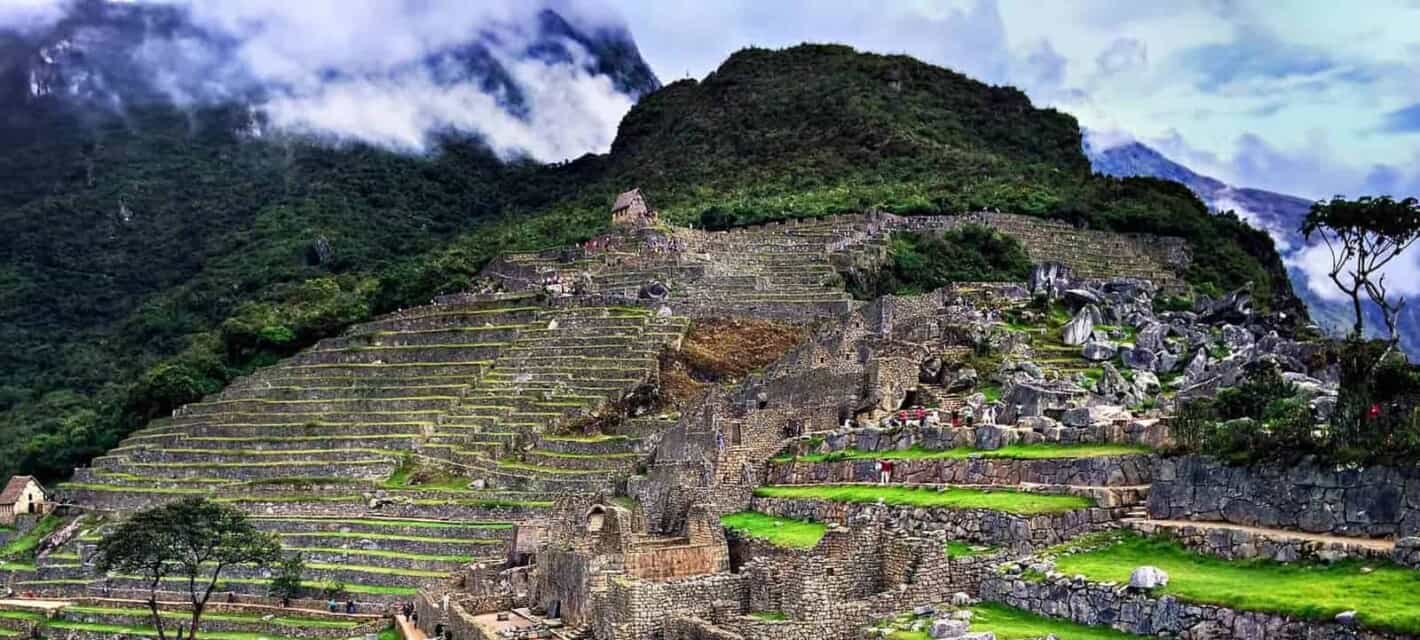Although the Inca Empire only had a peak of around 100 years, it remains as one of the most intriguing empires in history. The Inca migrated from the Andes Mountains to the Cuzco Valley in Peru at the beginning of the 12th century and were led on this journey by Manco Capac. They called their empire Tahuantinsuyu or ‘Land of the Four Quarters’. At its peak, the Incan Empire stretched from Quito, Ecuador all the way to Santiago, Chile; a distance of approximately 2,500 miles.
The empire only began to flourish with the arrival of Pachacuti Inca Yupanqui, also known as ‘reverser of the world’ in 1438. He helped defeat the Chanca which enabled the Inca to expand. The empire is said to have had over 10 million inhabitants and when Francisco Pizarro and his conquistadores arrived in 1531, they were astounded by the gold temples and valuables they saw. Within a couple of years, the Spaniards had utterly destroyed the Inca.
Even though the Inca Empire was brief and its collapse was rapid, it can be credited with a number of remarkable achievements. In this article, I will look at 6 fascinating facts about this enduring empire.

1 – They Created an Incredible Transport Network
When you have a long and sprawling empire, an effective transport network is essential and the Inca created one which was extremely advanced for its time. When this road network was at its peak, it covered an estimated 40,000 kilometers and the roads were between 3 and 13 feet wide. Obviously, part of the network consisted of basic dirt roads but there were also sections covered with high quality paving stones.
There were two main roads in what was known as the ‘royal highway’ or qhapaq nan. The first road went down the coast while the second one went through the highlands. In addition, there was up to 20 so-called secondary routes and a host of other trails. There were also roads built outside Incan territory as a means of allowing them quick and easy contact with outsiders. On the important roads, there were milestones which marked out each Incan unit of measurement known as the topo. A topo is the equivalent of almost 7 kilometers. Only government officials could travel on the network; you needed special permission if you were a ‘commoner’.
This system also served as an efficient communication network with chasqui (runners) positioned along the roads at intervals of 1.5 kilometers. These runners were charged with verbally passing messages to one another and they also delivered important items. Estimates suggest that this system could allow messages to travel up to 240 kilometers a day. Of course, the Sapa Inca could use this system as he pleased so if he wanted fresh fish from the Pacific Ocean (400 kilometers away) for example, he could use his runners to receive the delicious seafood in under two days.
It should be noted that the Inca built upon routes created by previous people such as the Chimu, Tiwanku and Wari. However, they expanded these routes exponentially and tackled rough terrain routinely. Some of these roads were built in areas 16,000 feet above sea level. This road network is a remarkable achievement, especially when you consider that the Inca only used bronze tools, wood and stone. The Qeswachaka is a famous suspension bridge from the era and each year, it is rebuilt by locals in the Inca fashion; the women weave the grass ropes and the men use these ropes to construct the bridge. It is considered bad luck to have women close by when the bridge is being rebuilt so they must stay away!

